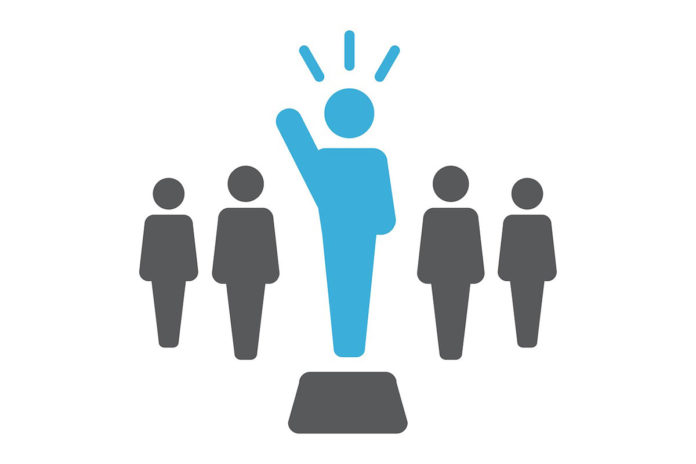
Strong models provide essential skills to be a respected and valued leader in any business, including family owned companies. The four outlined here have great depth once mastered. This article is meant to introduce these models. To implement each model, you’ll need to dig deeper and learn each in more detail.
Situational Leadership
Leadership is learned so can be taught. I facilitated leadership training for the Ken Blanchard Companies for years using the Situational Leadership II model. SLII creates a new business language. It is based on task performance readiness level and the matching leadership style.
There are four readiness levels: D1, Enthusiastic Beginner, D2 Disillusioned Learner, D3, Capable but Cautious Contributor and D4, Self-Reliant Learner. There are four corresponding leadership styles: S1: High Directive and Low Supportive, S2: High Directive and High Supportive, S3: Low Directive and High Supportive, S4: Low Directive and Low Supportive.
Commitment and competence are key. Commitment is the enthusiasm shown. Competence is the skill and ability for a particular task. After determining the commitment and competence for each task matching a leadership style is easy. For each readiness level there are supportive and directive leadership behaviors to consider.
Consider your direct reports and establish what level they are for a certain task. If you’re not sure ask them. When matching directive and supportive behaviors are applied you will find they are grateful and more committed to doing their best work. Situational Leadership II© is used as a comprehensive model when leaders and employees have been trained.
Clifton StrengthsFinder
The most effective leaders build on strengths. The strengths you have can catapult you to great success. Leaders and managers too often try to “fix” weaknesses rather than build on strengths. Building on strengths is a better method for success.
The Strengths Finder model was developed by Donald Clifton who worked at the Gallup Organization. The survey which determines your top 5 strengths out of 34 themes were validated and promoted by Gallup. Gallup administered over 2 million psychological profiles to determine 34 strengths. StrengthsFinder assessment is an online survey and a code can be found in the book StrengthsFinder 2.0 by Tom Rath.
On taking the assessment one finds their top five strengths. When one knows employee strengths assigning jobs becomes a better match. This model helps leaders assign tasks based on strengths for assured growth.
Learning Styles
Learning styles research goes back to the 1970s. After years of my own research and application I determined there are three styles to learn about: visual, auditory and kinesthetic/tactile. When you adjust your language and explanations based on style, rapport is stronger.
Visuals need to see what a finished task looks like. Auditorys need to hear and talk about what it will be in the end. Those who tend to kinesthetic/tactile need to actually practice the task until it becomes natural.
You can determine style with a few clues. Visuals notice everything, they see mistakes first in memos or emails. They often don’t read instructions because they can see how things go together. They take notes and draw pictures or doodle.
Auditory people learn from the sound of their own voice. Having them repeat directions out loud is helpful. They process information by talking about it. They are great story tellers. Great comedians are highly auditory, hitting their punchline perfectly.
Kinesthetics need to touch and do. They wear comfortable clothes. They find sports easy. They can be possessive of their workspace. They are typically great actors. They have collections. They love to manipulate things which helps them remember.
By understanding learning styles leaders build stronger teams and relationships.
DISC: Personal Profile System
The Personal Profile System is a self-directed, self-interpreting learning instrument designed to help people better understand their own behavior patterns and the behavior styles of others in the work environment. The model groups behavior into four dimensions: Dominance, Influence, Steadiness, and Conscientiousness.
Dominance reflects high ego strength. They like directness and change and they’re impatient. They love to be challenged. Influence reflects emotional verbal strength. They are people oriented. They like harmony in relationships. Steadiness reflects a practical team player. They like the status quo and predictability. They are supportive and good listeners. Conscientiousness reflects perfectionism. They are logical and thorough and like accuracy and diplomacy.
The Profile is simple and takes just a few minutes to complete. Once completed by everyone, tendencies become known and understood. You can find an online version at: https://www.123test.com/disc-personality-test/
When leaders employ one or more of these leadership essentials leadership becomes more effective. Good luck.
Doug McPhee, M.Ed., is founder and CEO of Coast to Coast Consultare, Inc. He can be reached at 760-612-3297 or by email at dougmcphee@mac.com.





